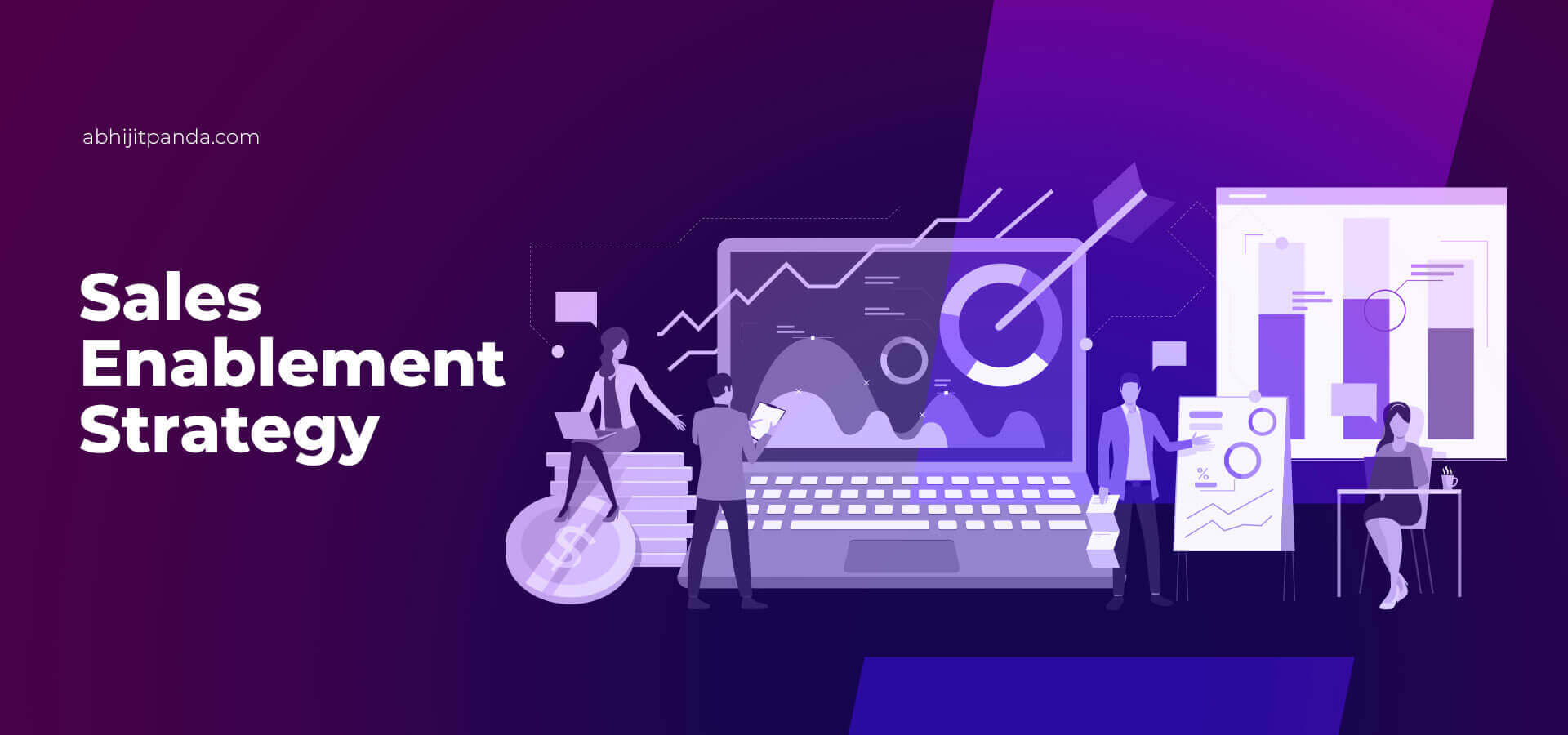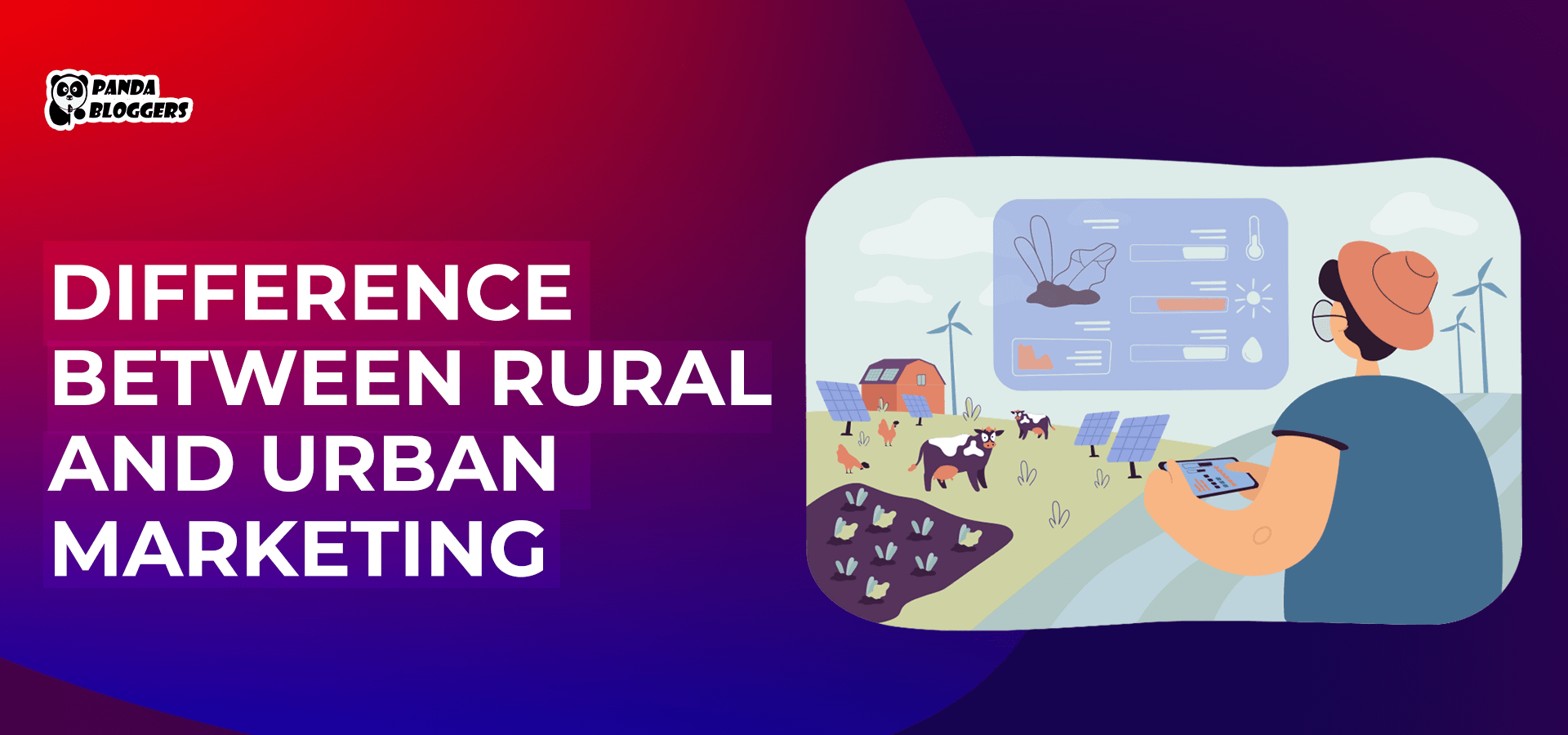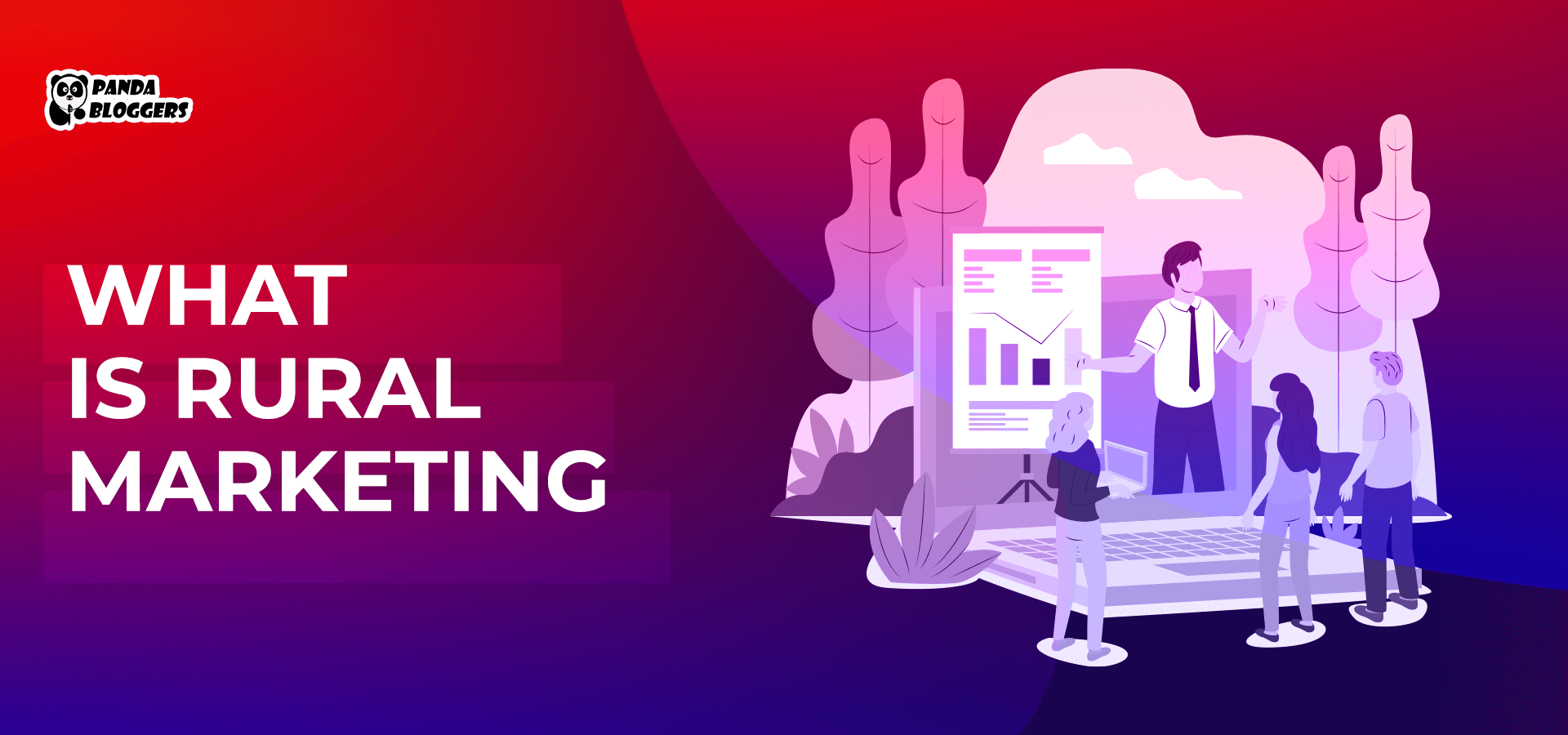 Sales Enablement Strategy
Sales Enablement Strategy
A business can generate leads regularly by running multi-channel digital marketing campaigns. However, salespeople cannot convert leads into customers and close sales deals without overcoming a slew of challenges successfully. They need a variety of resources to close more deals and convert more prospects. You can make it easier for your business’s sales team to overcome existing and emerging challenges by implementing a sales enablement strategy.
According to the Association for Talent Development,
“Sales enablement is the strategic and cross-functional effort to increase the productivity of market-facing teams by providing ongoing and relevant resources throughout the buyer journey to drive business impact. It encompasses sales training, coaching, content creation, process improvement, talent development, and compensation, among other areas.”
Your sales enablement strategy must focus on boosting the efficiency of sales representatives by equipping them with essential resources like content, tools, and information. However, the strategy must focus on providing the salespeople with many types of sales enablement content. Also, you need to ensure that the strategy must include the elements required to accomplish predefined goals.
You must consult marketers, salespeople, and content creators to create a strong sales enablement strategy that boosts increases sales conversion consistently. The strategy also must clearly define the metrics to be used for measuring the impact of the sales enablement activities. That is why; you must adopt a slew of best practices to ensure that the strategy boosts the efficiency and productivity of salespeople.
13 Best Practices to Develop a Successful Sales Enablement Strategy
1) Align the Strategy to Your Sales Alignment Goals
Most decision-makers implement sales enablement strategies with the aim of making salespeople more efficient and productive. But you can customize and finetune the strategy to achieve a slew of sales enablement goals – closing more deals, reducing customer churn, shortening sales cycles, and strengthening presence in new markets.
Before creating the strategy, you must clearly define your organization’s sales enablement goals and budget. The clarity will help you make the strategy align with your sales enablement goals by including the appropriate activities.
2) Identify Major Sales Enablement Challenges
The salespeople can close more deals only by overcoming many challenges successfully. Your sales enablement strategy can provide salespeople with the right tools, information, and content only by identifying the challenges faced by them.
You can easily identify the major sales enablement challenges by interacting with and consulting the sales team. At the same time, you need to ensure that your strategy addresses some of the major sales enablement challenges like ineffective training and onboarding programs, outdated sales tools, irrelevant marketing content, and no collaboration between sales and marketing teams.
3) Make Sales Enablement Training an Ongoing Process
Technological and industry trends change frequently in the digital age. No organization can boost the efficiency and productivity of salespeople without making training, reskilling, and upskilling an ongoing process. Your sales enablement strategy must focus on training both existing and new employees regularly.
You can use a learning management system (LMS) to enable employees to update their knowledge and skills by launching a slew of training programs. But your strategy must boost the efficiency of salespeople by delivering a variety of sales training – product training, technology training, market/industry training, critical thinking, and change management.
4) Provide Salespeople with the Right Tools
Many organizations these days automate sales enablement, like other business processes, using software platforms and solutions. The sales enablement tools make it easier for salespeople to close deals by providing visibility across the sales content lifecycles.
A sales representative can leverage the features and tools provided by the specialized software solutions to search, synchronize, and score various types of content without putting in extra time and effort. But you must focus on choosing the right sales enablement tool for your business while making the sales enablement strategy.
5) Ensure Seamless Communication and Collaboration
While implementing sales enablement strategies, decision-makers often focus on boosting the efficiency of salespeople. But you cannot make the sales enablement strategy succeed without ensuring seamless communication between the sales and marketing teams. Your business must use a customer relationship management (CRM) system to make up-to-date customer data accessible to both marketers and salespeople. Likewise, it must leverage team collaboration software to ensure that marketers and salespeople can share actionable information and relevant content without any restrictions.
6) Keep Sales Collateral Accessible
Sales collateral helps salespeople to close deals quickly and speed up the sales process. Your sales enablement strategy must focus on providing the sales team with a slew of sales collateral – landing pages, product demos, testimonials, brochures, and sales scripts. However, you need to ensure that every salesperson can access the sales collateral without any restrictions or delay. In addition to creating a variety of sales collateral, you must focus on keeping the resources organized and accessible. Salespeople can boost sales enablement activities by accessing the resources anytime and anywhere.
7) Encourage the Sales Team to Drive Content Creation
The sales enablement content can increase conversion rates only by addressing customers’ needs, expectations, concerns, and pain points. You must involve the sales team in the content creation process to gather content ideas, choose the appropriate messaging, and identify key challenges. You must encourage content creators to interact and collaborate with salespeople to create impactful content. Also, the salespeople must review the existing content from time to time to suggest the improvements and changes required to keep the resources relevant.
8) Craft Case Studies/Customer Stories
While conducting pre-purchase research, customers evaluate information collected from various sources. Most customers rely on the opinion of people who are currently using the particular product/services provided by a business. You can make it easier for salespeople to close deals by providing them with niche case studies. The salespeople will use the niche case studies as a powerful tool to showcase the effectiveness of the product/service in resolving real-time problems. Your strategy must focus on crafting customer case studies regularly both new and existing products.
9) Prefer Visual Content to Text-Based Content
The content marketing statistics posted on several websites suggest that visual content keeps people engaged longer than text-based content. Your sales enablement strategy must focus on presenting information to both salespeople and customers through multimedia content like infographics and videos. For instance, you can make customer studies more appealing and engaging by switching from video content to written content. Likewise, you can make it easier for salespeople to understand and analyze information by creating infographics.
10) Provide Multiple Email Templates
Both marketers and salespeople use emails as one of the most preferred communication channels to connect with and engage leads. Salespeople send a large number of follow-up emails to leads throughout the buyer’s journey. You can make it easier for salespeople to send emails to a large number of leads by providing them with email templates.
The email templates will cater to leads according to their current position in the sales process without requiring salespeople to write fresh emails. Your sales enablement strategy must focus on creating relevant email templates that do not require elaborate customization and finetuning.
11) Facilitate Multichannel Content Distribution
Your sales enablement strategy must enable salespeople to deliver the right content to every customer in the right way. Both B2B and B2C customers these days access and consume information through multiple channels. Hence, salespeople cannot provide sales enablement content to leads effectively only through emails and phone calls. They must focus on communicating with customers through multiple channels at every stage in the sales process. Likewise, they need to ensure that every prospect has the option to access the content through her preferred communication channel.
12) Implement a Sales Enablement Content Strategy
Content is one of the key factors that will drive and impact your sales enablement strategy directly. While implementing the strategy; you must focus on creating and providing a wide range of sales enablement content. Some of the content will help salespeople to access the information and knowledge required to influence leads. At the same time, the salespeople will engage and influence customers throughout the buying process by providing relevant and targeted content. Hence, you boost sales enablement activities only by keeping in place a robust sales enablement content strategy.
13) Define Sales Enablement Metrics
Your organization has to invest additional resources to make the sales enablement strategy succeed. Hence, you must measure ROI based on the impact of various sales enablement activities. Most organizations consider both sales activities and sales results while evaluating the performance of sales enablement activities. While forming the strategy, you must clearly define the key metrics for measuring the impact of various sales enablement activities – win rate, competitive win rate, sales cycle length, average selling price, content adoption, and lead-to-opportunity conversion rate.
Salespeople these days face new challenges regularly while converting prospects into customers. Your sales enablement strategy must help salespeople address existing and new challenges effectively by providing fresh content, up-to-date information, and advanced tools. That is why; you must keep the strategy flexible and dynamic to enable sales representatives to close more deals by accessing the right resources at the right time.









Leave a Reply